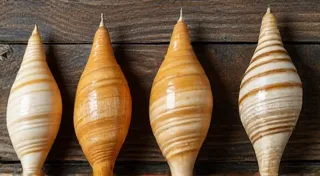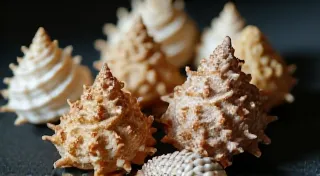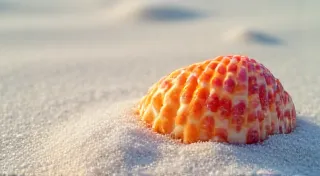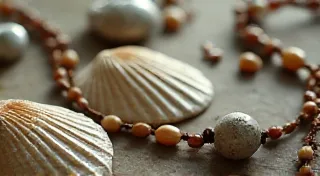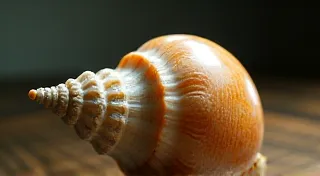Echoes of the Abyss: Cartography and the Collector's Longing
The weight of a vintage shell in your palm isn’t just the mineral density of calcium carbonate. It’s the accumulated weight of history. It’s the feel of a journey, a discovery, a forgotten ambition held captive within a spiral or a bivalve's embrace. Shell collecting, at its heart, is more than a hobby; it’s a form of paleontology, a whisper of oceanic narratives, and an unconscious participation in a tradition stretching back centuries—a silent echoing of the cartographer's quest to map the unknown.
My own fascination began, as so many do, with a simple childhood curiosity. A handful of common whelks and cockles gathered from a windswept beach seemed unremarkable until, years later, I encountered a collection meticulously cataloged by a Victorian naturalist. Suddenly, those shells weren’t just objects; they were portals. Each label detailed not just the species and location, but sometimes, the name of the collector, the date of acquisition, and even a brief note about the circumstances – a lost specimen from a wreck, a gift from a whaling captain, a discovery made during a scientific expedition. That was the moment the shells truly came alive.
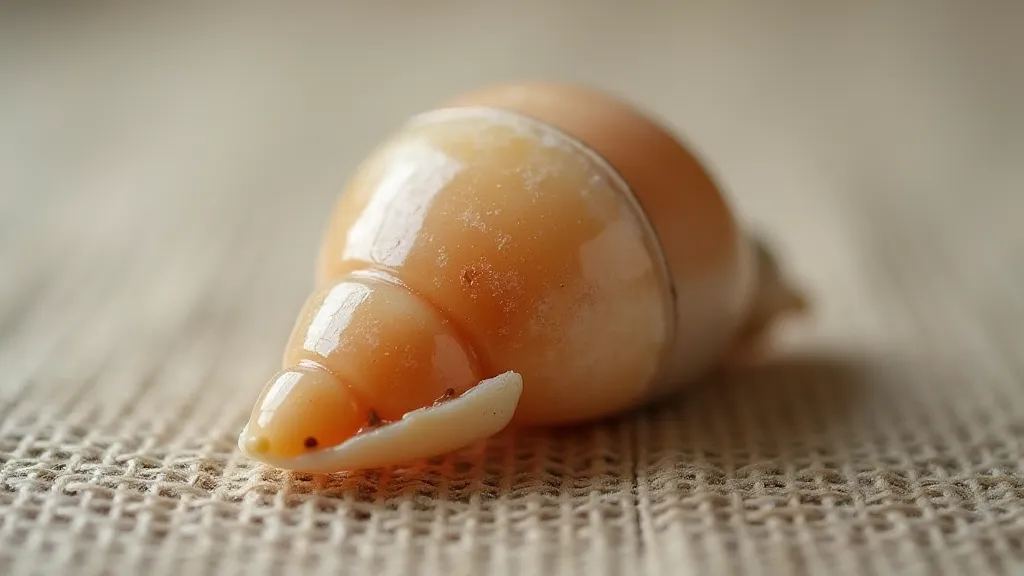
The Shell as Palimpsest
The term “palimpsest” describes a manuscript where the original writing has been scraped off to make room for new text, yet traces of the older words remain visible beneath the surface. Antique shell collections often function in a similar way. Each shell carries the imprint of its origin—the ocean currents that swept it away from its home reef, the ship that transported it across vast distances, the hands that carefully arranged it within a display case. These are layers, superimposed upon one another, blurring the lines between the natural history of the specimen and the human narratives interwoven with its journey. Understanding the nuances of those origins and tracing the intricate details of their geographic distribution is a key element for serious collectors, something explored in more detail over at Beyond the Beach: Understanding Shell Origins and Geographic Distribution in Vintage Collections.
Consider a collection compiled in the 18th century. Many shells would have originated from the burgeoning trade routes of the time – the spice routes, the whaling expeditions, the early voyages to the Pacific. A single specimen might represent a direct link to Captain Cook’s explorations, or to the private collections of wealthy merchants who funded scientific endeavors. To hold such a shell is to inherit a small piece of that historical context, to feel the echoes of those ambitious voyages and the relentless drive to expand the boundaries of the known world.
The Collector as Cartographer
Early naturalists were often, by necessity, also cartographers. As they encountered new species, they documented their locations, meticulously charting unknown territories and adding to the expanding maps of the world. Shell collectors, in a subtle but profound way, continue this legacy. The act of identifying, cataloging, and preserving these specimens is a form of cartography—mapping the biodiversity of the oceans, tracing the dispersal patterns of marine life, and creating a tangible record of our planet’s natural heritage.
The meticulous labeling and classification employed by serious collectors mimics the processes used by the scientific community. Deciphering the specific terminology used to describe shells, a language honed over centuries of observation and categorization, is a valuable skill. If you've ever felt overwhelmed by the technical terms and specialized vocabulary, exploring A Glossary of Seashell Terminology for Collectors can be an excellent starting point to build your understanding.
Beyond simply identifying the species, a deeper appreciation develops as you begin to understand the historical context of a shell’s discovery. Many specimens bear traces of their past, from minute barnacle attachments hinting at long journeys, to faint markings potentially left by the hands of earlier collectors. The value isn’t merely about rarity, but about the story each shell silently carries.
Craftsmanship and Preservation
The quality of early shell collections varied greatly. Some were haphazard gatherings, thrown together without much thought or care. Others were masterpieces of organization, meticulously arranged and beautifully presented. Many were displayed in ornate cabinets, lined with velvet and carefully lit to showcase the specimens to their best advantage. These cabinets themselves were often works of art, crafted by skilled artisans who understood the importance of preserving beauty and knowledge.
Preservation is a critical aspect of shell collecting. Many antique shells are fragile and susceptible to damage from humidity, sunlight, and handling. Careful cleaning and storage are essential for maintaining their integrity. While aggressive restoration is generally discouraged – the historical patina should be respected – gentle cleaning with distilled water and the use of archival-quality storage materials can significantly extend the lifespan of a collection. The unique character of each shell, its texture, its imperfections – these contribute to its beauty and historical significance. A damaged shell tells a story of its own, a testament to the passage of time and the challenges it has overcome.
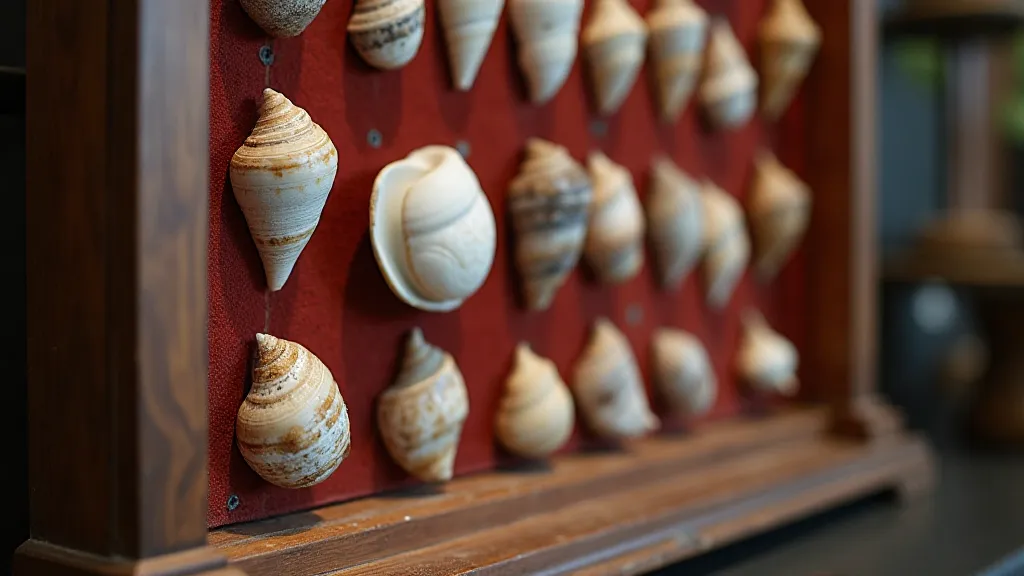
Regional Variations and Collecting Themes
Shell collections aren't monolithic entities. Collectors often develop specialized interests, focusing on particular geographic regions or thematic groupings. Some might dedicate themselves to the shells of the Pacific Northwest, meticulously documenting the species found along the coastline. Others might specialize in shells with particular patterns or colors, building collections that are as visually stunning as they are scientifically valuable. Those passionate about a particular region might find Shells of the Pacific Northwest: A Collector's Guide immensely helpful in identifying and appreciating the unique biodiversity of that area. The regional variations reflect the unique ecological conditions and evolutionary history of each location, adding layers of complexity and fascination to the collecting experience.
The Value Beyond Monetary Worth
While certain rare or historically significant shells can command high prices, the true value of an antique shell collection lies far beyond its monetary worth. It’s the emotional connection to the past, the intellectual stimulation of unraveling the stories behind the specimens, and the satisfaction of preserving a tangible link to the natural world that truly enrich the collector's experience. The ability to trace a shell’s journey from its oceanic origins to its final resting place within a collector’s cabinet offers a profound sense of connection to both the natural world and human history.
Each shell is a miniature biography, a silent witness to the grand sweep of history. To collect them is to become, however modestly, a guardian of those stories, ensuring that the echoes of the abyss continue to resonate for generations to come. It’s a quiet, contemplative pursuit, one that fosters a deep appreciation for the interconnectedness of life and the enduring human fascination with exploration and discovery. The passion for collecting often leads to a deeper understanding of marine biology, oceanography, and the history of scientific exploration.
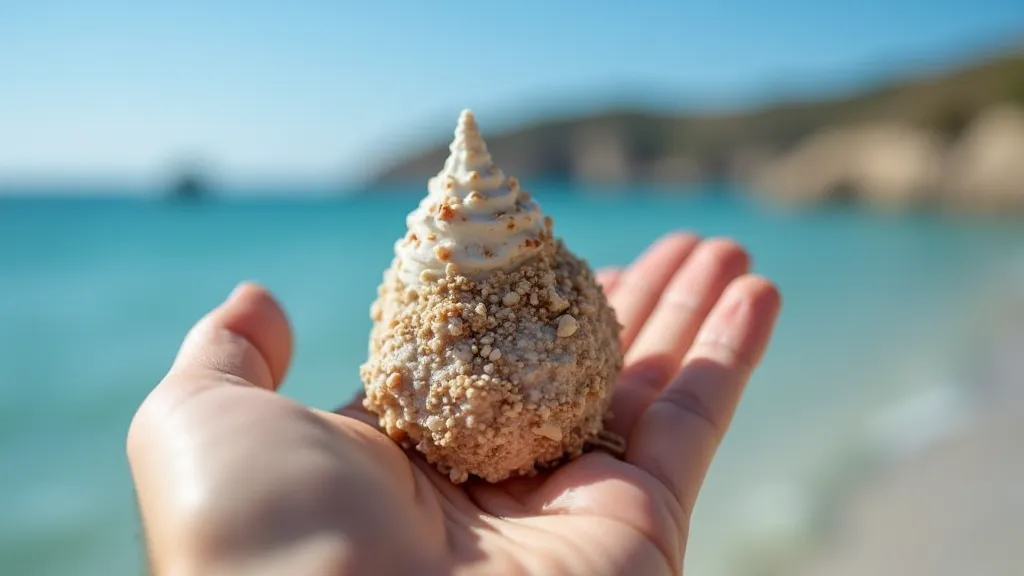
The world of shell collecting extends far beyond the simple acquisition of objects. It’s a journey of discovery, a celebration of natural beauty, and a testament to the enduring human desire to understand the mysteries of the deep. It’s a legacy worth preserving, a story worth sharing, and a passion that continues to inspire collectors around the globe.
